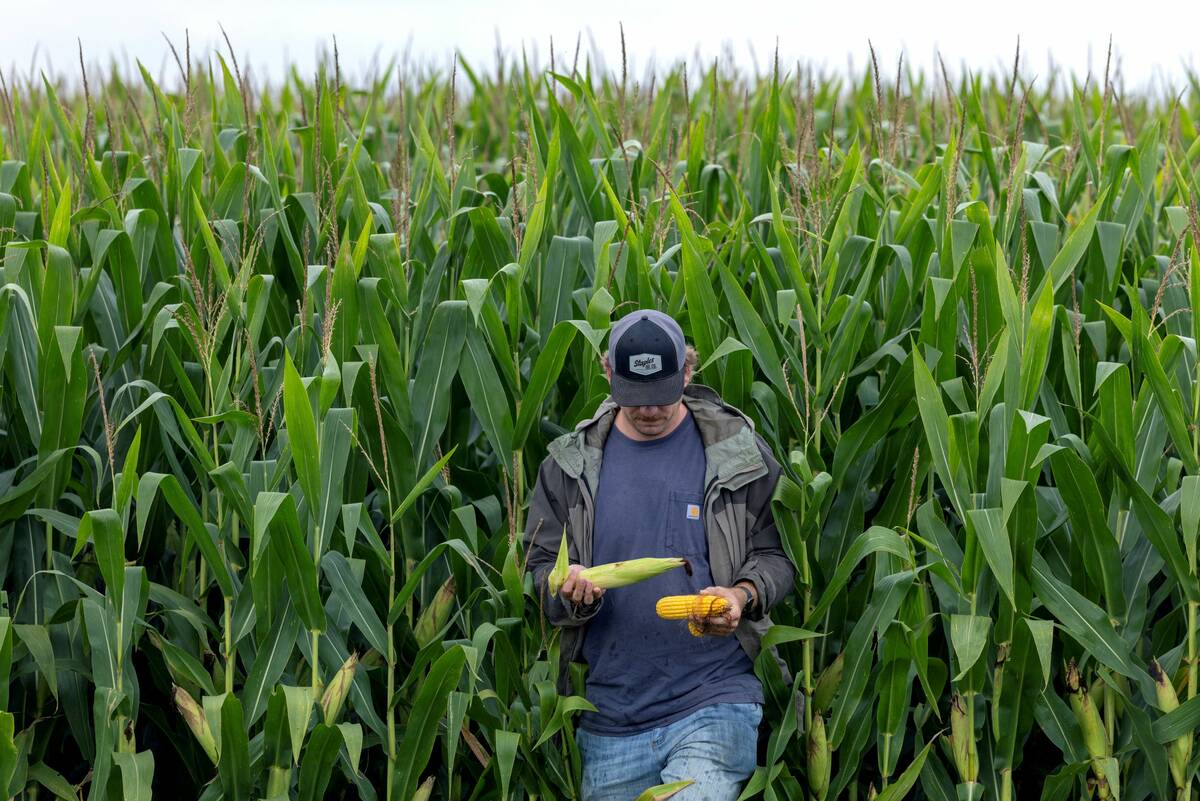(Resource News International) — The winter wheat crop in the eastern regions of the Prairies is believed to have made it through the winter in good shape, but there are some concerns about the crop in western areas due to the lack of snowcover.
Flooding in the spring also could have an impact on the condition of the crop.
“Considering that most of the winter wheat crop in Western Canada is grown in the provinces of Manitoba and in the eastern half of Saskatchewan, the crop is believed to be in good shape,” said Bruce Burnett, director of the Canadian Wheat Board’s crop and weather surveillance department.
Read Also

The U.S. corn crop could be the biggest ever. That’s terrible news for America’s farmers.
The USDA predicts a record corn crop for U.S. farmers, who question the agency’s accuracy amidst high debt and low crop prices.
Adequate snow cover was linked to the winter wheat in this area making it through the winter, he said.
“There were a few occasions in which there were some melts due to warm temperatures,” Burnett said, but added that while the top layer of snow may have been reduced, there was still adequate cover.
The further west one goes, he said, the less snow cover there was for crops, which would have left some crops vulnerable to freezing damage.
Jake Davidson, executive manager of Winter Cereals Canada at Minnedosa, Man., agreed that winter wheat crops in the eastern areas of Western Canada were in generally good shape.
Davidson also acknowledged that there was concern for winter wheat in the western areas of Saskatchewan and that there was a good chance of some winterkill.
However, he also pointed out that producers in that area still seed the crop even if they don’t get a lot a snow.
“The producers in those regions still manage to harvest a decent crop each year even with the cold, so we will have to wait and see,” Davidson said.
The next concern for the winter wheat crop was the spring runoff in Manitoba and Saskatchewan, Burnett said.
“We’re still not sure what kind of runoff we will have and whether there will be any kind of serious flooding,” he said, noting that any winter wheat that spends a lengthy time under water will normally be damaged as well.
The Red River Valley region of southern Manitoba was believed to be the most vulnerable to flooding.
Statistics Canada estimated that seeded area to winter wheat in Western Canada in the fall of 2008 totalled 1.37 million acres, of which 550,000 acres were planted in Manitoba, 550,000 in Saskatchewan and 270,000 in Alberta.















